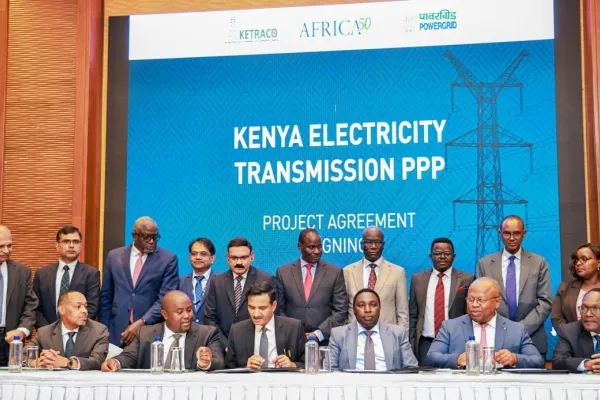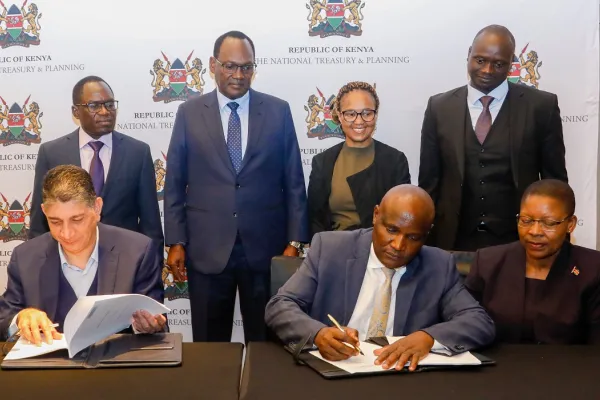New Kenya Power boss signals scrapping of subsidies
New Kenya Power boss signals scrapping of subsidies
Kenya Power looks set to review its tarrif rates to remove subsidies on small consumers which the company blames for saddling other users with a heavy burden.
In his first briefing with the media, the new Kenya Power Managing Director and CEO Joseph Siror said only 4,000 consumers out of the 9 million users gives the company almost half- 40 percent- of its revenues.
These larger consumers were shouldering the burden of subsidizing 7.5 million low end users, providing justification for scraping the subsidies.
Electricity tariffs were reviewed in January last year to effect a 15 percent reduction by the Uhuru Kenyatta administration to ease cost of living but the new administration has indicated an end to subsidies to return the monopoly power distributor to profitability.
“Though the Last Mile project succeeded in increasing KP’s customers to nine million, 40 per cent of the utility distributor’s revenue comes from only 4,000 consumers, a situation made worse by the tariff reduction where the company is now subsidising 7.5 million consumers. That partly can explain why some feel the pain, the tariffs are already high. But if you are to remove the subsidy on the 7.5 million consumers, the pain will be less,” Mr Siror said.
Kenya Power has signaled an increase in electricity bills on rise in forex exchange an Energy and Petroleum Regulatory Authority (EPRA) and Water Resources and Management Authority (Warma) tariff reviews.
The state is walking back on the push to cut the cost of power on insolvency of Kenya Power which will mean higher consumer prices in the short run.
During the last days of President Kenyatta presidency, the State had targeted to slash electricity bills 33 percent by December 2021 but dropped the plan and opted to reduce the costs in two tranches of 15 percent following opposition from independent power producers (IPPs) who supply electricity to Kenya Power.
The IPPs argued that Kenya has no unilateral right to alter the contracted capacity and payments, saying instead that the State has to protect PPAs — which are inked over a period of 20 years.
The government shelved the second tranche of the electricity cuts after the IMF protested, citing a potential collapse of Kenya Power which is currently struggling with cash flow problems.
The Fund said the tariff reduction aggravated KPLC’s pre-existing liquidity challenges by lowering revenues by an estimated Sh26.3 billion per annum.
The additional cost-saving measures currently identified across the electricity supply and distribution chain would only yield benefits over time and are not sufficient to fully offset this revenue impact.



